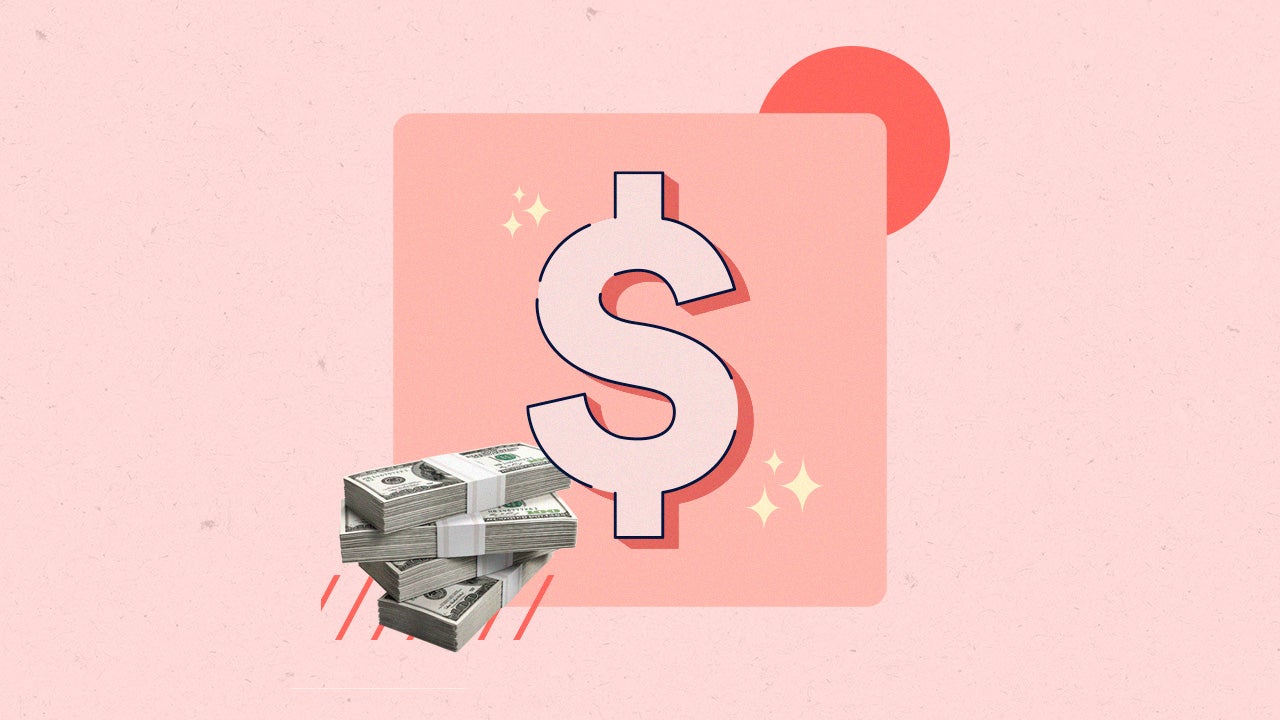How my husband and I paid off $50,000 in debt with zero-sum budgeting

When my husband and I were in our late twenties, we got caught up in what we thought the American dream should be.
We took out expensive car loans for a new vehicle every few years, and made only the minimum payment on over $20,000 in student loans so we could fund our lifestyle. We didn’t have much credit card debt — at least all at once — but we did manage to spend most of what we earned. In fact, we lived paycheck to paycheck, although we were smart enough to save money in our workplace 401(k) retirement plans.
But something changed when we decided to have kids. All of a sudden we began worrying about more than what we wanted today. We started to think of our future and the type of future our kids might have if we didn’t change.
This awakening led us to take a closer look at how we were living. And, more importantly, how we were spending. We had good jobs. We were earning almost six figures combined. And we lived in a low cost-of-living area. Why weren’t we getting ahead?
The answer became clear after we analyzed a few months of our bank statements and credit card bills. To our surprise, we found we were spending up to $1,000 per month on food — for two people! Our hefty car payments were also taking up more than 20 percent of our take-home pay and we were wasting money on plenty of other splurge purchases, too. No wonder we weren’t saving anything.
Once we realized that we were the culprit of our money woes, we sat down to figure out what’s next. Fortunately, my husband Greg and I stumbled on a type of budgeting that helped us fix our overspending problems for good — zero-sum budgeting.
And slowly, over time, we used this type of budgeting to change our financial fortune and our lives.
How we used zero-sum budgeting to pay down debt
While we didn’t know what zero-sum budgeting was when we started, we naturally gravitated to this dynamic debt repayment strategy. The purpose of a zero-sum budget is simple. It requires you to track your full monthly income and give every single dollar you earn some sort of purpose. Once you list your monthly income and your monthly expenses, you assign each dollar to a specific bill or need.
For example, we had fairly standard bills when we started — monthly bills like our mortgage, car payments, car insurance, cable television and phones. We made room for each of those payments in our zero-sum budget, then we estimated how much we would spend on fluctuating categories like food and entertainment.
In order to make our budget work, we had to make some big cuts right away. For starters, we limited ourselves to spending only $500 per month on food at first. To cut our food bill in half we stopped going out to eat. We also cut our cable television subscription and went on a spending freeze that limited our consumption in a drastic way.
Once we made those changes, we had money left in our budget each month — at least on paper. In the spirit of zero-sum budgeting, we allocated every extra dollar we earned to debt repayment and savings.
Pairing our zero-sum budget with the debt snowball
We allocated every dollar to some aspect of our lives. And I mean every dollar. We covered our bills first. But we also tried to find a way to make the most of the extra money we freed up from cutting our expenses.
When it came to debt repayment, we ultimately opted to use our zero-sum budget in conjunction with the debt snowball. This meant allocating as much as we could each month toward our highest interest debt — a small credit card balance — and making minimum payments on everything else.
Over several months, we paid off several small debts. Then we turned all our attention to our car loans — first mine, a $10,000 loan on a 2007 Dodge Caravan. We kept making minimum payments on my husband’s Toyota Prius during that time as well as our student loans.
After we aggressively snowballed our payments toward my minivan, the loan eventually disappeared. What a huge relief. Then we focused on our Prius car loan until that was paid off. After that, only our student loans were left.
Becoming debt-free — and staying that way
It’s amazing what can happen when you slowly eliminate various debts one by one. With no car payments to make and no other debts to service, our student loans didn’t stand a chance.
Greg and I paid those off within just a few years of starting the process. I remember making the final payment toward our student loans online and barely believing how far we’d come. Other than our house, we were suddenly debt-free. The euphoria we felt that day was something I’ll never forget.
It’s been years since the day we paid off all our consumer debt, but we didn’t stop our debt-free dreams there. With no car loans, no student loans and lower monthly expenses than ever, we paid off our primary residence in 2018.
You know what’s funny though? We haven’t changed our lifestyle that much.
We still drive the same 2009 Toyota Prius we worked so hard to pay off. In fact, it’s our only car. We share it because we both work at home.
We also stick to the same $500 to $600 monthly food budget, and we still don’t have cable TV. We barely buy clothes or splurge on anything other than family vacations. We always look for ways to save where we could easily spend. It’s just how we are now, and I’m okay with that.
Lessons learned paying off $50,000 in debt
Becoming debt-free hasn’t necessarily changed us, but it has changed the way we live. Looking back, I can’t figure out why we so willingly spent every dollar we made — or why we didn’t do anything about it. I mostly chalk it up to the fact that we were young and still learning what we wanted in life.
But now we know exactly what we want — the life we have. We want to wake up each day knowing we don’t owe anyone a single cent. We want to save a large percentage of our income for our children and our future, which is what we focus most of our efforts on today.






